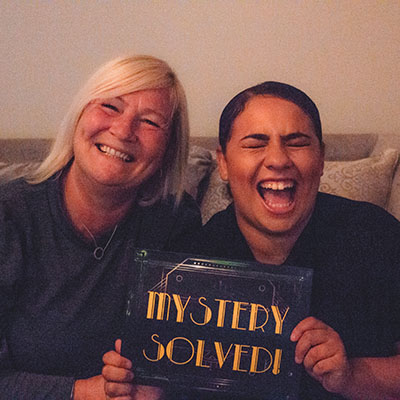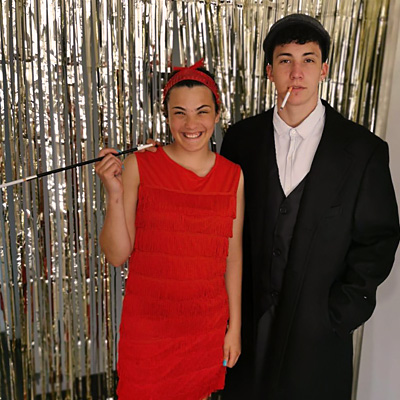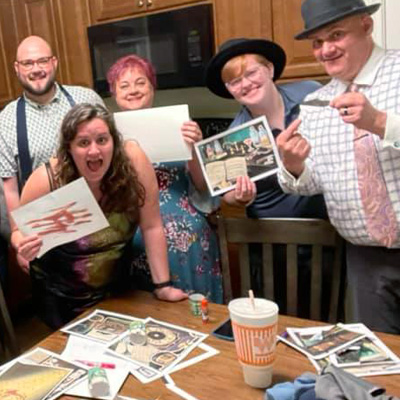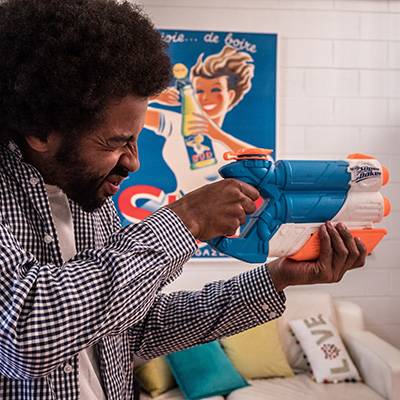Here's where you write out exactly how the murder happened. You will not show your script to the players (and you may want to keep it from your significant other). You need to know exactly how the murder happened to plan your game.
At this stage, you must also determine how to structure the game. You need to decide how many puzzles the players will face and how many rooms they must go through. You will structure the puzzles later.
You want to dole out information to the players slowly. The sequence of drops does not have to be sequential. You can give the players information that doesn't seem remotely relevant until they obtain another clue close to the end of the game. Set it up properly, and you'll give the players that fantastic "a-ha!" moment at the end of the game.
Create suspense with the information you reveal to your murder escape room players. Instead of saying, "Dave had an appointment with the victim," say, "Dave was very late for his appointment with the victim, which was completely out of character." Even if Dave is not the killer, the structure of the hint makes him a strong suspect.
Reveal the information about each NPC as the game progresses. Don't dump all of the info on each NPC at once. Build the suspense and make the players guess what they don't know.
Don't use red herrings! (Ever!
Here's why red herrings don't belong in escape rooms) It's fine to keep them guessing the identity of the killer. It is absolutely inexcusable to send them down a dead-end street. They only have 60 minutes. Red herrings will breed very frustrated players. And they may make you the next victim.
 EN
EN


















